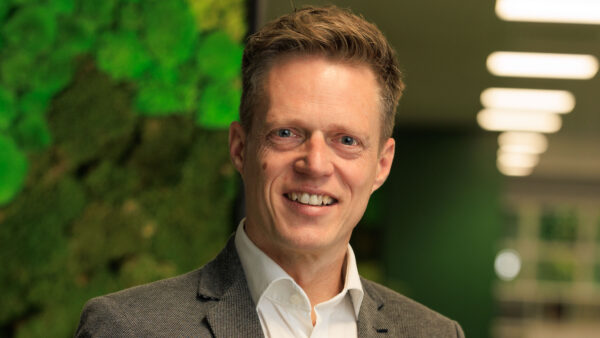
Nick Conway from fit-out and refurbishment specialist ITC Concepts offers five ideas that can help improve your workplace.

Nick Conway
The workplace of 2017 is more diverse than ever. When it comes to shared environments, catering to the varied needs and expectations of this workforce can be a challenge.
On top of this, perceptions of work are changing. By 2025, the vast bulk of the global workforce is set to be millennials, meaning that a new generation, with vastly different expectations of the world of work, needs to be catered for.
Everyone has bespoke needs but here are five ways employers can create a workspace that every team will look forward to coming in to, including younger workers for whom a traditional workplace just won’t cut it any more.
1. Variety is the spice of life
There’s no one-size-fits-all in the 2017 workplace. Different people work better in different environments and this has to be reflected in the spaces we build. Some colleagues may prefer a space that is bright and open plan, while others may work better in smaller, more peaceful spaces with less distraction.
If the space allows, we always advise incorporating variation into the build to cater to the needs of all. There’s been a tendency in recent years to think that all you need to attract and retain millennials is a couple of beanbags and a coffee machine. But it takes more than that. The office should feel like a home from home – a place where colleagues have a sense of place and security.
Introducing spaces which encourage creativity and boost a sense of belonging is vital, especially when it comes to connecting with younger workers.
2. Access for all
The Equality Act of 2010 ensures that employers have a duty to make reasonable adjustments for people living with disabilities. All modern workspaces should ensure that people are able to work without inconvenience and this plays a major role in the spaces ITC builds.
From access ramps, widening routes through buildings, and split level working surfaces, we work with our clients to ensure that all of the workspaces we build provide access for all. Focusing on ensuring this kind of universal access can set the tone for the wider office environment, one that champions and embraces difference rather than expects its occupants to conform to a homogenous working culture.
3. Forget Al Desko
Provide an alternative to colleagues eating at their desks. We always encourage our team to eat their lunch together and it makes for a better working atmosphere as colleagues can interact about things that aren’t strictly work-related.
Providing communal eating spaces fosters teamwork and helps colleagues build friendships. For current “Gen Y” workers, having friends in the workplace massively influences their feelings about their job and the company they work for. So instead of clamping down on non-work related chit chat, we should be creating spaces where it’s actively encouraged.
4. Give people space
We’re noticing a trend where larger offices are installing “quiet booths”, which allow staff to make phone calls or take a quick break to re-charge their batteries. Not everyone is comfortable strutting up and down the office whilst making a call, and the opportunity for privacy in an open-plan office is often well received.
Similarly, providing areas with more relaxed seating, or rooms designed to facilitate creative brainstorming, will help ensure that you not only cater for different working styles but that you also embrace the millennial need for variety and change.
5. Create paths for chance meetings
Sadly, it’s become the norm for people to email each other questions and comments, despite the fact they are only a few feet apart. Simple office designs can help increase the odds of chance meetings and interaction for added creativity and team cohesion.
For example, we see staircases increasingly being designed to be in the center of offices rather than in the back as exits. This is because designers have realised the benefits of chance encounters that could happen as people pass one another on stairs or in corridors, all of which improves an office atmosphere, strengthens collegiate relationships and boosts productivity.
It’s crucial that organisations create workspaces that their employees value and that they feel comfortable operating in. We must design and build to not only suit the workers of today, but also of tomorrow.
Nick Conway is a director at ITC Concepts








